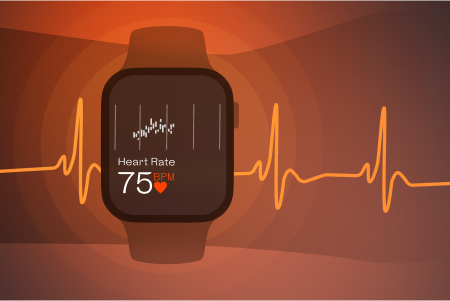
Measuring Resting Heart Rate
From manual pulse counts to the latest in app technology, dive into the transformative journey of heart rate monitoring
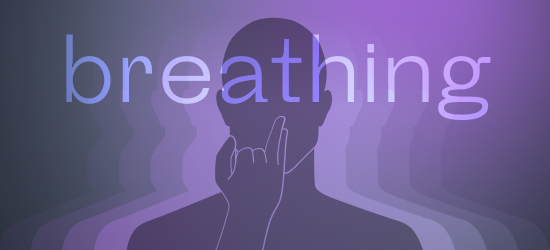
Breathing exercise practitioners like to claim that they ease symptoms of depression, anxiety, and stress. Scientific research confirms these claims. In 2015, 69 patients with depression and anxiety disorders at Fatebenefratelli e Oftalmico, a hospital in Milan, were offered a new treatment. For two weeks, the experiment’s participants spent a few hours a day engaging in breathing gymnastics, while performing yoga exercises. At the end of the two weeks, the majority of participants reported an improved emotional state. One year earlier, National Yang-Min University researchers discovered that spending 20 minutes doing extra-slow breathing exercises (just 6 full inhale-exhale cycles per minute) before bed, improved sleep quality. This technique helped insomnia patients fall asleep faster and wake up less during the night.
Furthermore, studies have confirmed that conscious breathing lowers blood pressure, improves the immune system, and helps with depression, diabetes, asthma, migraines, and chronic pain. It also helps memory and attention.
Where do these benefits come from? The question hasn’t been fully studied, but a 2018 American study offers an answer: breathing affects the brain’s function. The researchers studied four female Northshore University Hospital patients with epilepsy, who had electrodes implanted into their brains.
During the experiment they were conscious, which allowed researchers to gather data that’s never been seen before. The electrodes were used to record data from different regions of the brain, studying the differences in activity between unconscious breathing and consciously performing a breathing exercise. What they found was that focusing on inhaling and exhaling activated neural connections in the anterior cingulate gyrus, the premotor and insular lobes, as well as the hippocampus. When breathing unconsciously, however, the frontal and temporal lobes show increased communication with the insular lobe. In other words, the data show that breathing can alter the state of your brain.
It’s also possible that breathing gymnastics provide these benefits thanks to a brain neuron cluster that regulates respiratory rhythm, known as the pre-Bötzinger complex. In 2017, Stanford University researchers established, with an experiment on mice, that this neural cluster is also involved with the “blue spot”, an area of the brain that helps shape the body’s physiological response to anxiety and stress.
Moreover, measured breathing influences the “wandering” vagus nerve’s activity. The vagus nerve is an important part of the parasympathetic nervous system, the part of the central nervous system that activates the body’s rest response. The vagus nerve controls many internal organs, including the heart, lungs, stomach, and even the pancreas. When slow inhalation and exhalation stimulates this nerve, it lowers your pulse and blood pressure, and relaxes your muscles. These signals are received by the brain, bringing you a sense of calm.
The method in and of itself is by no means new. Breathing gymnastics has been practiced in Asia for centuries. One of the oldest and most well-known is the Indian Pranayama. Ancient Indians believed that practicing Pranayama regularly would not only align the organs in harmony, but prolong life. In 1920, the first breathing gymnastics techniques in the West were devised by Johann Heinrich Schulze, a German psychiatrist. His method consisted of a series of relaxation exercises based on slow and conscious breathing.
To some extent, all modern breathing-oriented relaxation methods are more evolved versions of those older techniques, which stood the test of time. And strictly speaking, all of them are based on the same principles:
Firstly, breathing must be slow: no more than 6-10 inhale-exhale cycles a minute.
Secondly, breathing must be controlled, consciously deciding when to allow air into your lungs, and when to expel it.
Thirdly, breathing must be deep and diaphragmatic. The diaphragm is a thin muscle that is activated during the inhalation and exhalation processes. By consciously engaging it, you completely fill your lungs with oxygen, accelerating its absorption into the body.
A simple technique that can be practiced anywhere, even at work, to quickly stabilize your thoughts and emotions.
Alternate fast and short inhalation through the nose with slow and lengthy exhalation, taking at least 5-6 times as long to breathe out. The heart speeds up slightly during inhalation, and slows with exhalation, so the theory is that this breathing technique can result in deeper relaxation.
Another approach to relaxation. Breathe in freely, but when exhaling, create an obstacle. The choice of obstacle is up to you. For instance, you can actively close your glottis while breathing out, causing your throat to feel tense. Breathe out through closed lips or teeth.
This breathing technique is performed while laying down, and could potentially help with insomnia. Accordingly, it’s best practiced right before sleep. Place one hand on your chest, and the other on the stomach. Inhale 4-6 times without exhaling, and then exhale an equal amount of times. Make sure that you’re inhaling with the abdomen, not the chest.
This practice helps relax tense muscles if you’re very tired or consumed with worry. Lie down on a comfortable surface, inhale deeply and pause for 5 seconds. During this pause, make a body part as tense as you can. Start with the toes and work all the way up to the neck muscles.
Welltory Team, 11 Sept. 2022

From manual pulse counts to the latest in app technology, dive into the transformative journey of heart rate monitoring
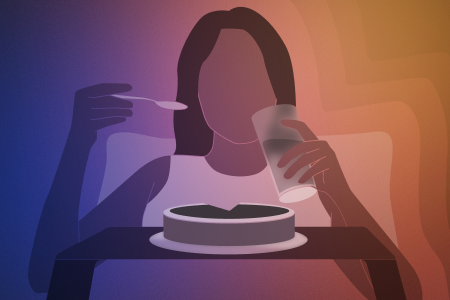
Discover the intricate relationship between late-night eating and its impact on sleep duration and quality
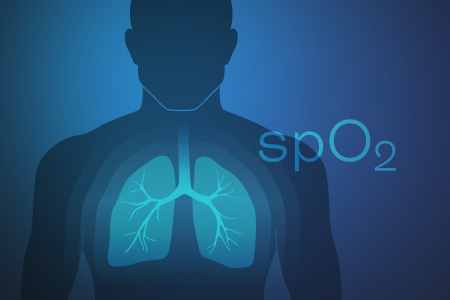
From boosting cognitive function to enhancing physical performance, discover the impact of blood oxygen levels on various aspects of health

The relationship between stress and productivity and how Welltory can help you plan better
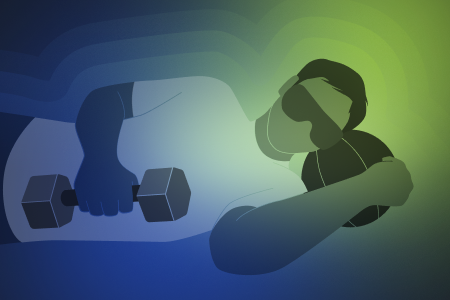
Does sleeping burn any calories, should you exercise right before bed and how much do you need to sleep to burn a 1000 Cal
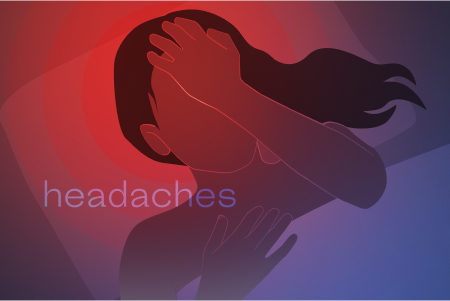
All you needed to know about headaches at night – types of nighttime headaches, their causes, possible treatment and how to avoid them.
 App Store
App Store
 Google Play
Google Play
 Huawei AppGallery
Huawei AppGallery
 Galaxy Store
Galaxy Store







